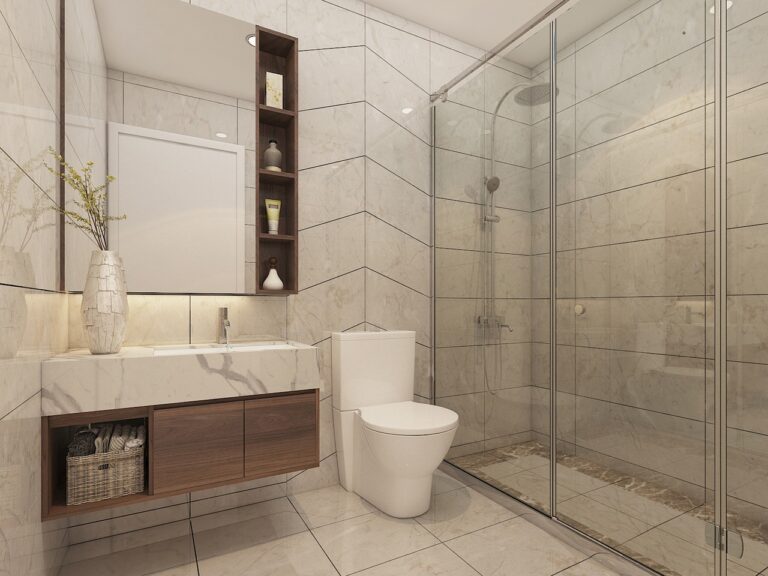Energy-Efficient Weather Stripping Solutions: Cricbet99 id password, Sky99 login, Ready book club
cricbet99 id password, sky99 login, ready book club: Energy-Efficient Weather Stripping Solutions
Are you looking for ways to make your home more energy-efficient and reduce your heating and cooling costs? One often overlooked but highly effective solution is weather stripping. By properly sealing gaps and cracks around windows and doors, you can prevent cold air from entering your home in the winter and keep cool air from escaping in the summer. In this article, we will discuss energy-efficient weather stripping solutions that can help you save money and reduce your carbon footprint.
Why is Weather Stripping Important?
Before we dive into the different weather stripping solutions available, let’s first understand why weather stripping is important. When gaps and cracks are present around windows and doors, air leaks can occur, causing your HVAC system to work harder to maintain a comfortable temperature. This not only leads to higher energy bills but also puts unnecessary strain on your heating and cooling equipment.
By sealing these gaps with weather stripping, you can create a tight seal that prevents air leaks and improves the overall energy efficiency of your home. This means your HVAC system doesn’t have to work as hard to keep your home at a consistent temperature, resulting in lower energy costs and a reduced environmental impact.
Types of Weather Stripping
There are several types of weather stripping materials available, each with its own set of pros and cons. The key is to choose the right weather stripping solution based on the specific needs of your home. Here are some of the most common types of weather stripping:
1. Foam Tape: Foam tape is easy to install and works well for sealing small gaps and cracks around windows and doors. However, it may not be as durable as other weather stripping materials.
2. V-Seal: V-seal weather stripping is a cost-effective option that is ideal for sealing gaps on the sides of windows and doors. It can be easily cut to size and provides a good seal.
3. Vinyl Weather Stripping: Vinyl weather stripping is durable and provides a tight seal. It is resistant to sunlight and extreme temperatures, making it a great choice for both interior and exterior applications.
4. Door Sweeps: Door sweeps are designed to seal the gap between the bottom of the door and the threshold. They are often made of aluminum or stainless steel and effectively block drafts and cold air from entering your home.
5. Silicone Caulk: Silicone caulk is a versatile weather stripping material that can be used to seal gaps and cracks around windows and doors. It is waterproof and flexible, making it a popular choice for both indoor and outdoor applications.
6. Magnetic Weather Stripping: Magnetic weather stripping creates a tight seal by using magnets to hold the weather stripping in place. It is ideal for sealing gaps on metal doors and windows.
Tips for Installing Weather Stripping
Now that you have chosen the right weather stripping material for your home, it’s important to properly install it to maximize its effectiveness. Here are some tips for installing weather stripping:
1. Clean and dry the surface before applying weather stripping to ensure a secure bond.
2. Measure and cut the weather stripping to the proper length using a sharp utility knife or scissors.
3. Position the weather stripping carefully along the edges of windows and doors, pressing firmly to create a tight seal.
4. Test the seal by closing the door or window to ensure that there are no gaps or air leaks.
5. Replace weather stripping every few years or as needed to maintain its effectiveness.
FAQs
Q: How do I know if my home needs weather stripping?
A: If you feel drafts or cold air coming in around windows and doors, it’s a sign that your home may benefit from weather stripping. You can also conduct a visual inspection to check for gaps and cracks that need to be sealed.
Q: Can I install weather stripping myself, or do I need to hire a professional?
A: Weather stripping can be a DIY project for homeowners with basic tools and handyman skills. However, if you are unsure about how to install weather stripping properly, it’s best to hire a professional to ensure a tight seal and maximum energy efficiency.
Q: Will weather stripping really help me save money on my energy bills?
A: Yes, weather stripping is a cost-effective way to improve the energy efficiency of your home. By preventing air leaks and drafts, you can reduce your heating and cooling costs and enjoy a more comfortable indoor environment.
In conclusion, energy-efficient weather stripping solutions are a simple and effective way to make your home more comfortable and eco-friendly. By choosing the right weather stripping material and installing it properly, you can reduce energy costs and improve the overall efficiency of your home. So, take the time to assess your home’s weather stripping needs and make the necessary upgrades to start seeing savings on your energy bills.







